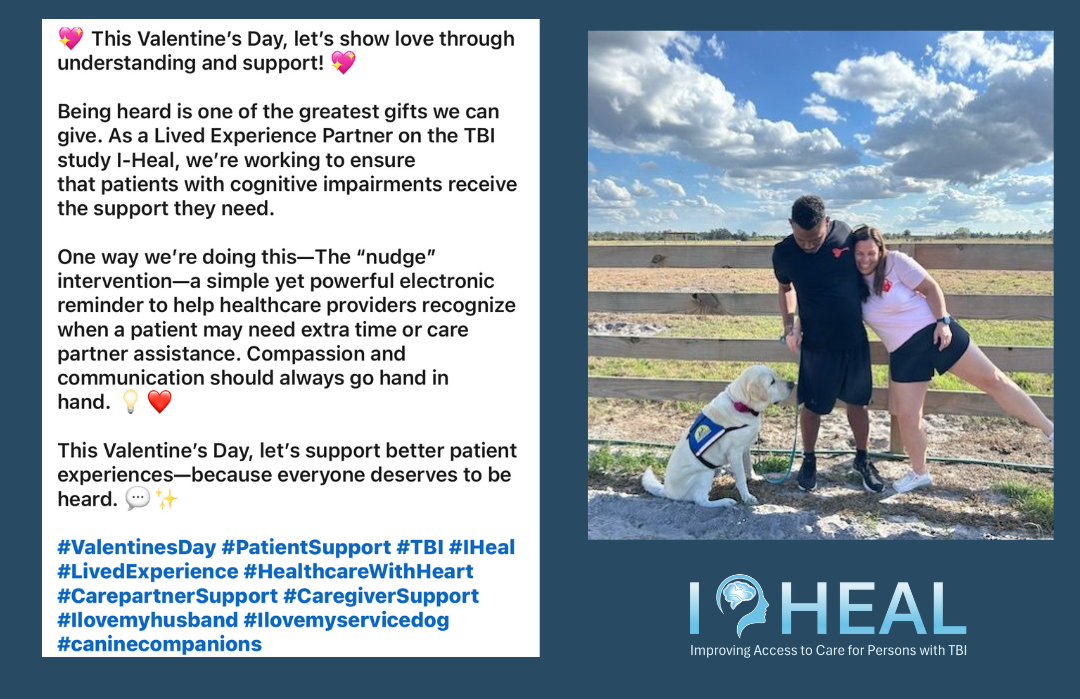Data and Communication Core (DCC)
Fulfilling qualitative and quantitative research needs for the projects of I-HEAL. Sharing I-HEAL's research, knowledge, and products in widely accessible ways.
DATA AND COMMUNICATION GOAL: IMPACT, INFLUENCE, AWARENESS
The Data and Communication Core promotes impact, influence, and awareness of I-HEAL. DCC supports I-HEAL projects through qualitative and quantitative data analysis. The core also translates I-HEAL's products and knowledge to clinicians, stakeholders, and the community using both traditional and non-traditional approaches.
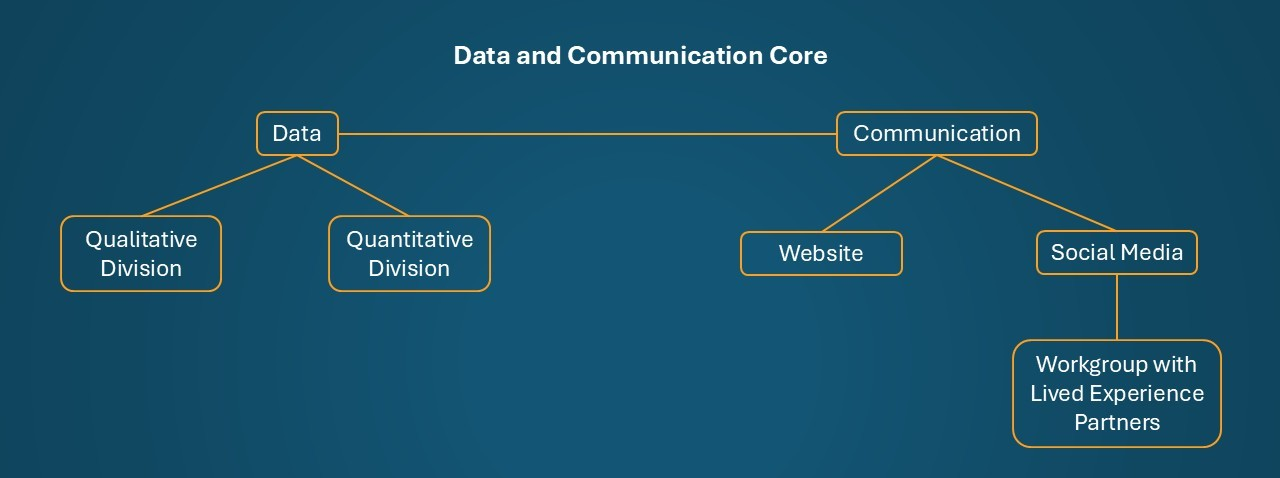
DATA AND COMMUNICATION CORE TEAM

Jessica Ryan, PhD
Co-Director of Data & Communication Core

Dave Mellick, PhD
Co-Director of Data & Communication Core

Megan Moore, PhD
Qualitative Division Lead

Jessie Ketchum, PhD
Quantitative Division Lead

Cassandra Decker, MA
Communication & Qualitative Division

Sonia Arellano, PhD
Communication & Qualitative Division

Deveney Ching, PhD
Qualitative Division

Natalie Gilmore, PhD
Qualitative & Quantitative Division

Rachel Steele, MPH
Communication Division
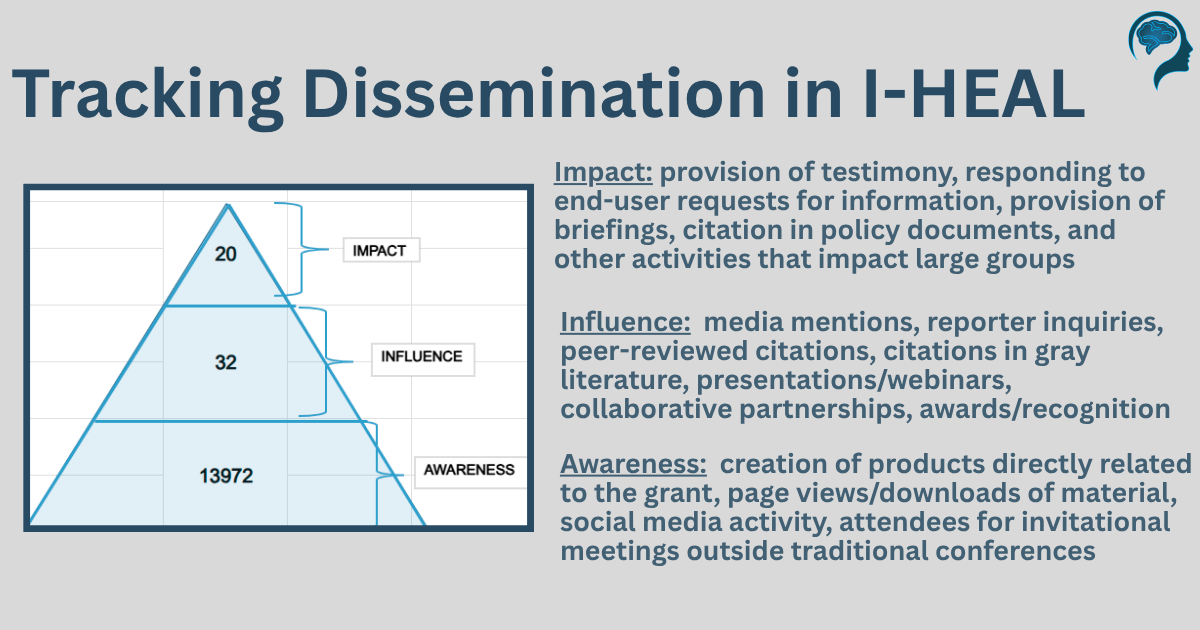
IMPACT
Fifteen opportunities to disseminate the impact of I-HEAL's work occurred in the first year and half of the grant. Opportunities included:
- Consultations for opening new rehabilitation centers
- Presentations and workshops including the National Academy of Science, Engineering, and Math where Dr. Risa Nakase-Richardson held a workshop on care models for TBI and additional I-HEAL team members presented.
- Guiding others in their pursuit of TBI research leveraging implementation science
- 15 Year Update: Longitudinal Study on Traumatic Brain Injury Incurred by Members of the Armed Forces in Operation IRAQI FREEDOM and Operation ENDURING FREEDOM
INFLUENCE
I-HEAL's interdisciplinary team reaches audiences through conferences, newsletters, podcasts, and other influential platforms to share about the importance of research focused on access to care for persons with TBI and cognitive disorders and their care partners. Opportunities for I-HEAL influence include:
- Military Health System Research Symposium (MHSRS)
- American College of Rehabilitation Medicine Annual Conference (ACRM)
- Annual American Anthropology Conference (AAA)
- James A. Haley Veterans’ Affair Research Day
- “Picking Your Brain” Podcast (Part 1, Part 2)
AWARENESS
The Data and Communication Core strengthens impact and extends reach of I-HEAL's evidence-based products through strong communication practices internally and externally. We leverage online platforms such as our website and social media to build awareness around I-HEAL work and the challenges the grant is addressing.
Social Media
We develop social media content and images to support the ongoing activities in I-HEAL and drive users toward our website. The I-HEAL site houses products and resources for best practices for community engagement, information on the study, and more. It will eventually host a repository of high-quality, vetted products to support the use of evidence-based healthcare for patients with traumatic brain injury.
In January 2025, the Data and Communication Core formed a social media workgroup. The effort actively engages all four cores to increase access to care by engaging participants in the I-HEAL study and iteratively disseminating products throughout the study.
Each social media post is intended to accomplish one or more overarching goal. Read more about our social media strategy below!
These posts share and build foundational knowledge around TBI. Posts can be general or I-HEAL study specific. General informational posts touch on basic education on traumatic brain injuries, recent research, emerging solutions, and more. I-HEAL specific posts includes current progress and results of innovations and research team accomplishments.
A variety of social media posts are used to explore the activities of the I-HEAL team including conferences, manuscripts, and presentations. These posts help our team share important work and assist with translational efforts, strengthening our ability to bring research to practice.
I-HEAL seeks engagement with lived experience partners throughout the project. Some social media acts as a call to action for study participation (focus groups, surveys) and other posts are seeking insight from our community on progress and products.
Personal experiences both ground and drive scientific efforts. Our team works alongside clinicians, professional society members, policymakers, and persons with TBI and their care partners every day. It’s an honor to share their stories with you and help connect why the I-HEAL team is driven to increasing access to high-quality healthcare for those with TBI.
I-HEAL Website
Much like the overall grant, the I-HEAL website was created to increase access and engagement of healthcare for people with TBI. The website is designed to be a toolbox with both adapted and newly developed ‘tools’ such as knowledge, products, and resources.
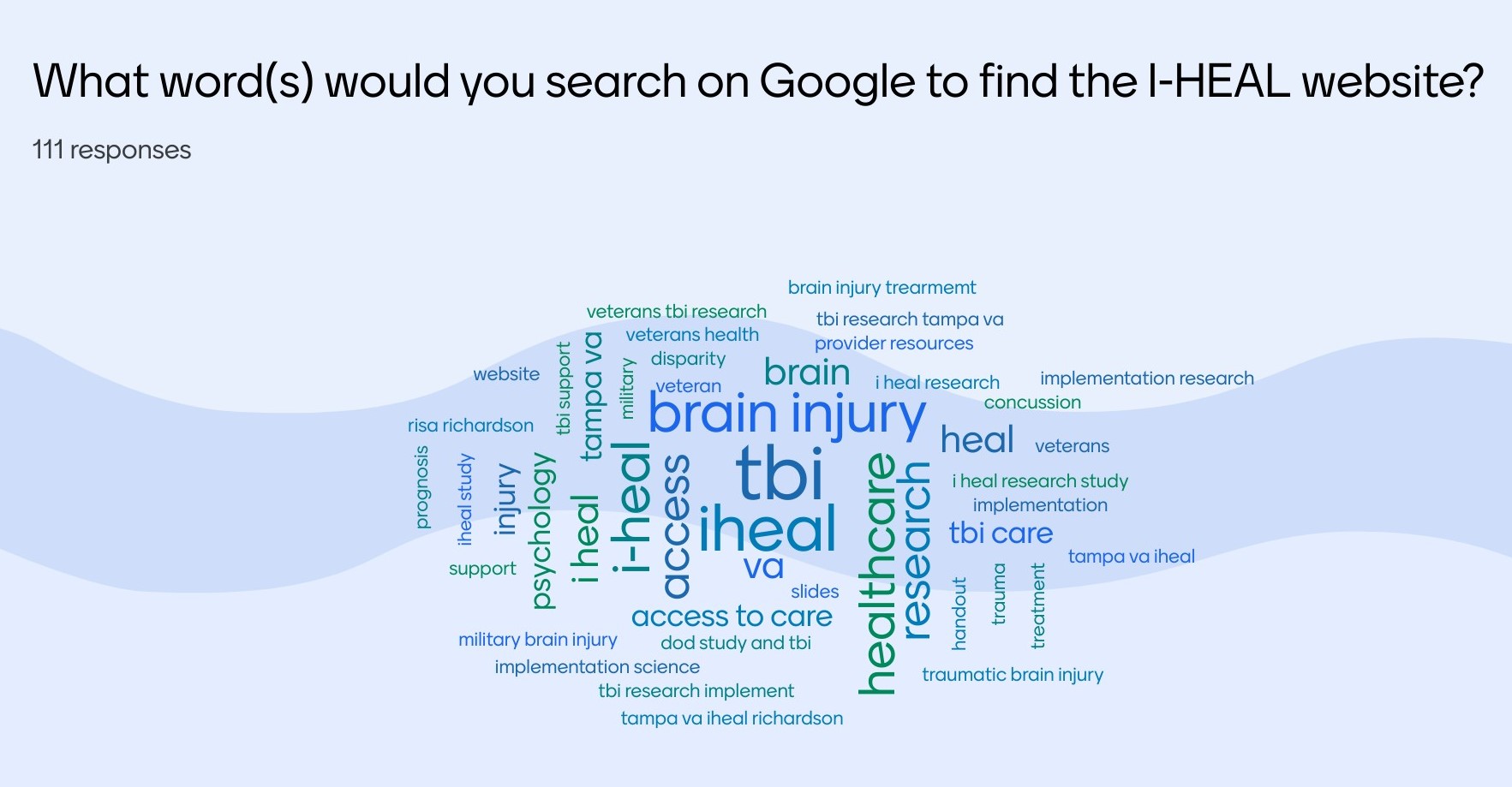
- All community partners (clinicians, policy makers, lived experience persons, researchers) were engaged before the creation of the website to increase relevancy and usability of platforms and products. The engagement activity identified audience needs to inform website design, social media campaign, and language for content, titles, metadata, and photo alt text.
- Organic search engine optimization (SEO) strategies increase website rankings in search results for those seeking TBI resources, maximizing the website’s reach and effect.
- Innovation 2: Evidence Based Treatment Adaptions for Cognitive Challenges is developing a toolkit for providers to promote high quality equitable treatment for behavioral health concerns for persons with cognitive challenges. This toolkit will be housed within the I-HEAL website.
- I-HEAL releases products throughout the grant lifecycle based on emerging results, an iterative SEO campaign is crucial to drive new and returning traffic to the website.
HOW CORES INTERACT WITH EACH OTHER
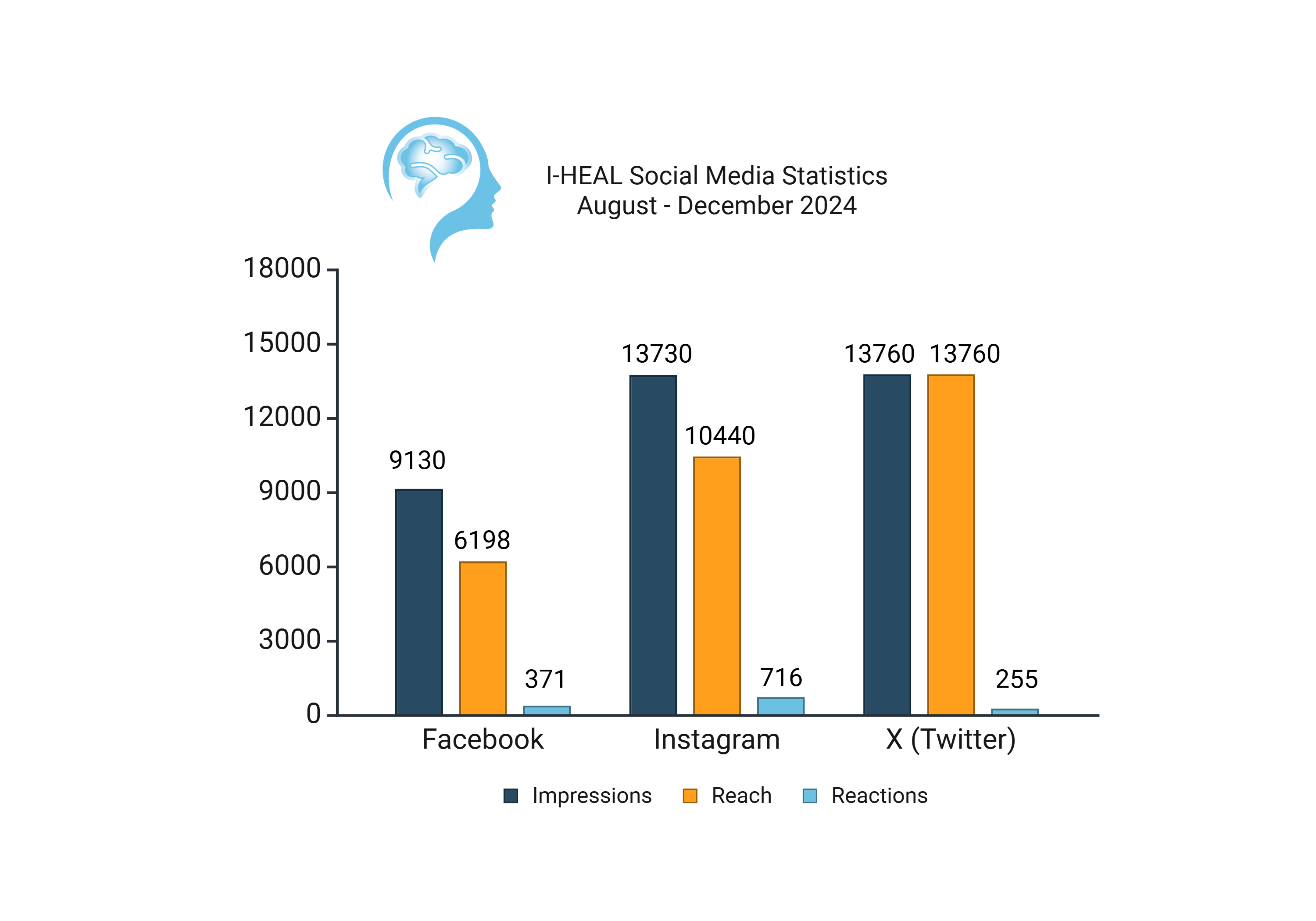
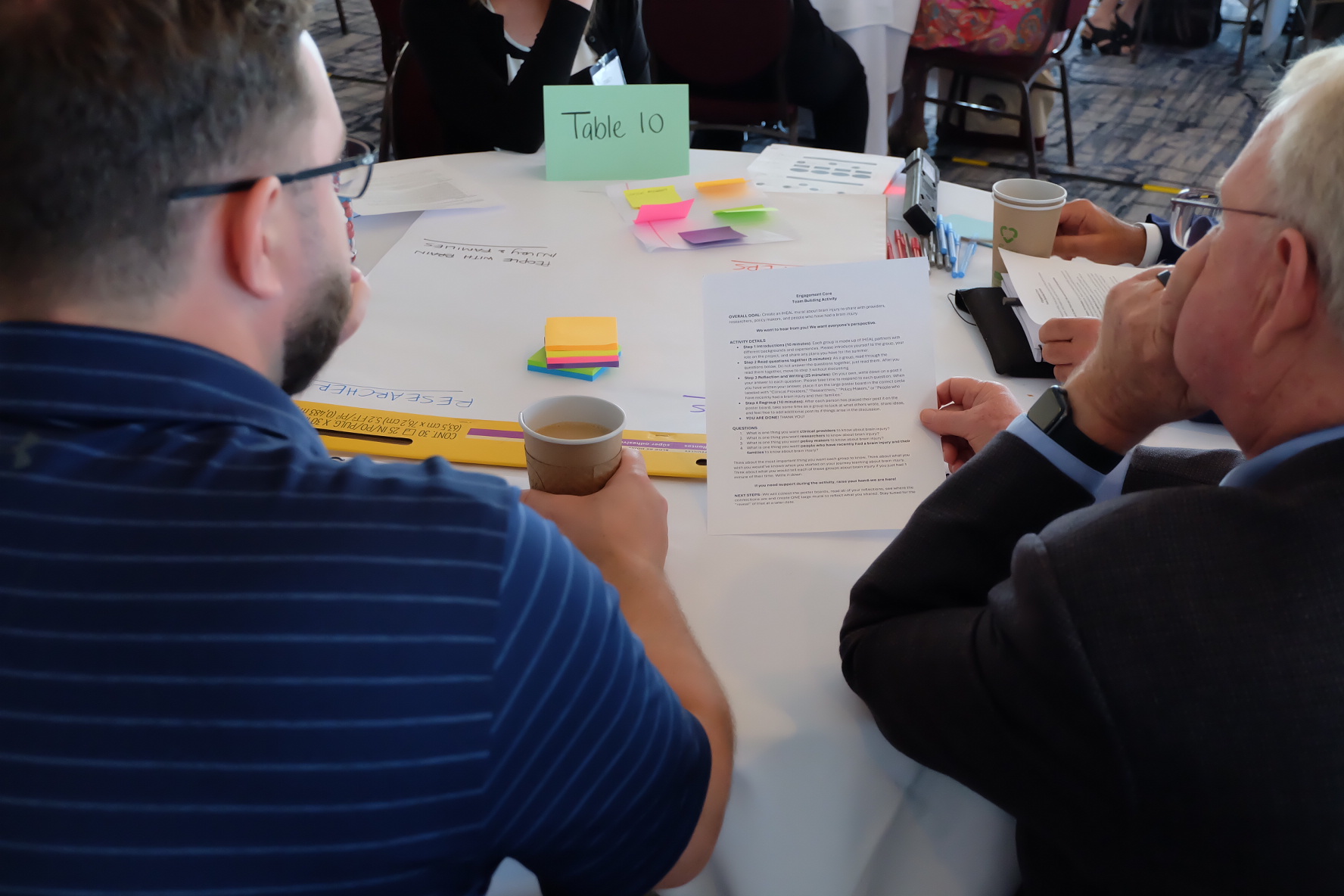
The Data and Communication Core collaborates with I-HEAL's Implementation Science Core to jointly develop implementable products for dissemination across mediums. Creating products with the intent of immediate implementation and making them widely available increases access to healthcare research and provider resources to support persons with brain injury.
Our Community Engagement Council partners guide the development of major products (like the I-HEAL TBI website, focus group guides, and more) and assist with dissemination of the grant’s research for implementation. Two lived experience partners also serve on the social media workgroup.
The Operation Core and DCC align efforts on overarching communication and data tracking. All four I-HEAL cores interact frequently and collaborate on numerous initiatives; tracking this core interplay acts as a measure for grant synergy and shows how expertise is leveraged across the I-HEAL project. The cores also track engagement with our three Community Engagement Core stakeholder groups as they support I-HEAL projects, cores, and other initiatives. These data show the depth of and commitment to stakeholder engagement in driving I-HEAL's research.
DATA & COMMUNICATION CORE: PROGRESS & PRODUCTS
Progress and Achievements
- Developed and launched I-HEAL website.
- Crafted social media campaign working alongside Lived Experience Partners to engage persons with TBI and providers who treat traumatic brain injury.
- Conducted 8 focus groups with TBI providers for Project 1’s Innovation. Developed codebook and completed first level analysis of data.
- The Data and Communication Core has supported scientific dissemination at the Health Systems Research Symposium (MHSRS), American Congress of Rehabilitation Medicine Conference (ACRM), the Annual American Anthropology Conference (AAA) and more.
